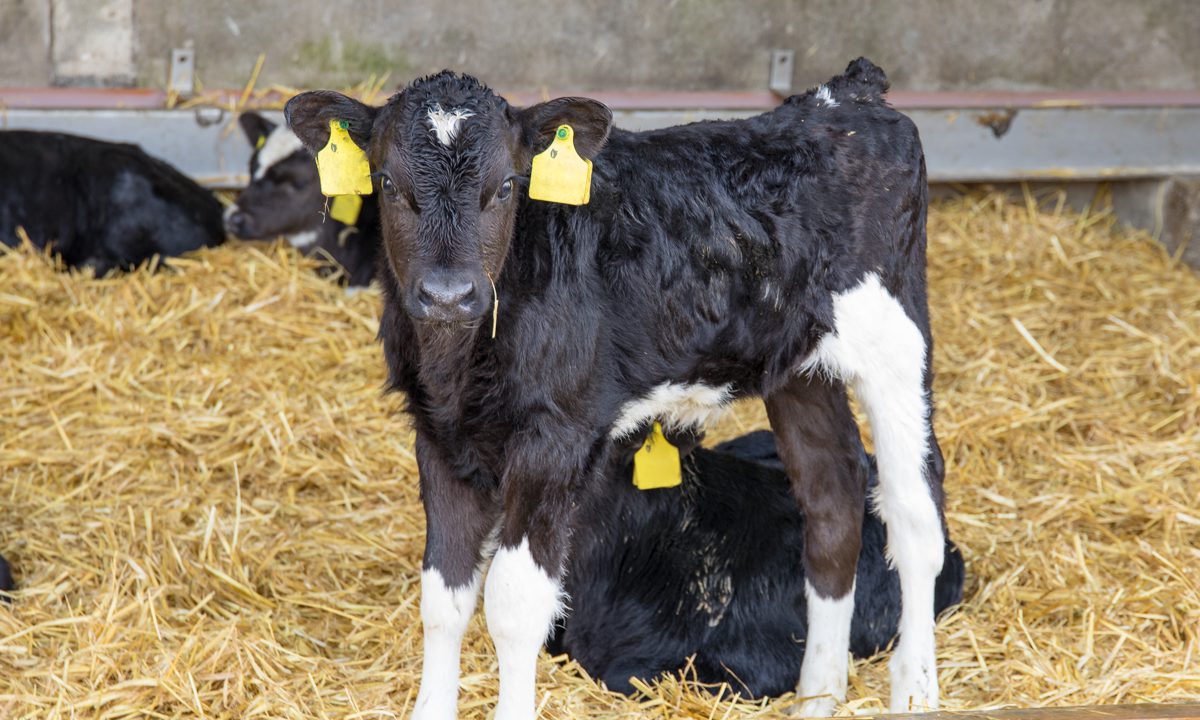Calf health is influenced by many factors, but some, such as colostrum management, vaccination and hygiene, are within your control.
Careful attention to detail can help produce a resilient calf with a robust immune system, housed in a good environment and capable of reaching its genetic potential in an efficient and problem-free way.
“It’s about tipping the balance in the calf’s favour, but that doesn’t necessarily mean significant changes or major investment,” said #Calfmatters’ Dr. Ailsa Milnes.
“This year, we are continuing to develop the theme of small continuous changes which build to lead to performance improvements. It is an idea borrowed from the Japanese car industry, and many producers will find that making minor adjustments to various processes and procedures can potentially produce dramatic results.”
Building a robust and resilient calf: Getting the balance right

This is where you come in – share some of your best tips and hints by recording a short video and share on social media tagging @calfmatters and using the hash tag #from10days. There are four 4×4 tyres up for grabs, so why wait?
“For the calf, we know that feed conversion is most efficient in the pre-weaning period, and we also know that respiratory disease is a major problem in this age of calf, which can lead to growth checks as well as increased deaths,” Dr. Milnes adds.
“A good start with adequate colostrum intake is key, but your housing environment is also very important.”
Spend time examining all aspects of the calves’ environment such as draughts, temperature, bedding quality and quantity. Research has shown that young calves have a relatively high lower critical temperature (LCT) – which is the temperature they can tolerate before having to divert energy into keeping warm. For baby calves, this is around 10-15oC, and is negatively affected by draughts and moisture.
Ensuring calves don’t experience below than their own LCT will reward you with better growth rates.
“We all know that the stack effect impacts ventilation in adult cattle buildings – heat generated by ruminating stock leads to warm air rising to escape, causing fresh air to be drawn in through the sides,” Dr. Milnes said.
“But young calves don’t ruminate and are unable to produce enough heat for this to happen, meaning that putting them in a building designed for adult cattle could lead to ventilation issues.
“At the same time, young calves are susceptible to cold and even a relatively minor fall in temperature, or an increase in draughts, will mean that the calf is diverting energy that should be going into growth or fighting infections into just keeping warm.
“Take a careful look at bedding – how deep is it? Are pens bedded and cleaned out frequently enough? What about draughts and ventilation especially at calf level and what about drainage, humidity and hygiene?
“Make a note of what needs changing, make that change and record the outcome,” Dr. Milnes added.

“Getting it right can be a bit of a balancing act. It’s not always possible to make all the changes you’d like and external factors can also conspire against you.
“This is where vaccination is a relatively simple intervention,” Dr. Milnes concluded.
Using an intranasal vaccine, such as Bovalto Respi IN, delivers rapid protection against RSV and PI3, and can be used from 10 days of age. The intranasal route is very effective in young calves providing 12 weeks of protection from 10 days after vaccination.
In summary, there are key focus areas:
- Know your system, know your calves and know your pinch points;
- Make the changes you need to improve the system and monitor your results;
- Work with your vet to create a vaccination programme for your calves and your farm;
- Vaccination is one element of a good management plan, and not a silver bullet.
More information
To learn more about #Calfmatters please click the button below.
Terms and conditions apply.
Bovalto Respi Intranasal, nasal spray, lyophilisate and solvent for suspension contains Bovine parainfluenza 3 virus (PI3V), modified live virus, strain Bio 23/A 105.0 – 107.5TCID50 and Bovine respiratory syncytial virus (BRSV), modified live virus, strain Bio 24/A 104.0 – 106.0 TCID50. IE: POM(E). Advice should be sought from the prescriber. Further information available in the SPC or from Boehringer Ingelheim Animal Health UK Ltd, RG12 8YS, UK. IE Tel: 012913985. Email: [email protected]. Bovalto is a registered trademark of the Boehringer Ingelheim Group. ©2021 Boehringer Ingelheim Animal Health UK Ltd. All rights reserved. Date of preparation: April 2021. BOV-0092-2021. Use Medicines Responsibly.

